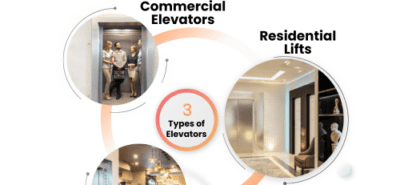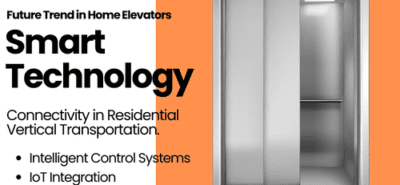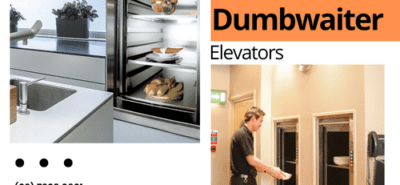Ensuring Safe Elevator Rides: 8 Must-Have Safety Features
Elevators have become an integral part of our daily lives, transporting us effortlessly to different floors of buildings. While they offer convenience and efficiency, safety remains a top priority. lift manufacturers and building owners continuously strive to enhance the safety of these vertical transportation systems. In this blog, we will explore the 8 must-have safety features that ensure secure and worry-free lift rides.
8 must-have Safety features that ensure secure and worry-free Elevator Rides.
Door Safety Systems:
One of the primary safety concerns in lifts is the doors. Modern elevators are equipped with advanced door safety systems that include sensors and detectors. These systems prevent doors from closing if an object or person is detected, ensuring that passengers are not trapped or injured.
Emergency Communication:
In case of an emergency, effective communication is vital. Elevators are equipped with emergency communication devices such as intercom systems or emergency phones. These enable passengers to contact help and communicate their situation quickly, ensuring prompt assistance.
Overload Protection:
Overloading an lift poses significant risks. To address this concern, lifts are equipped with overload protection systems. These systems detect excess weight and prevent the elevator from operating until the load is reduced to a safe level, avoiding potential accidents.
Fire Safety Measures:
Fire incidents can be catastrophic in buildings with multiple floors. lifts are designed with fire safety measures, including fire-rated doors and fire recall systems. These features ensure that the elevator is taken out of service during a fire emergency and that it remains on a designated floor for safe evacuation.
Emergency Power Backup:
Power outages can occur unexpectedly, leaving passengers stranded in elevators. To mitigate this risk, lifts are equipped with emergency power backup systems, such as uninterruptible power supply (UPS) or generators. These systems ensure that lifts can operate for a limited period during power failures, allowing passengers to exit safely.
Anti-Crushing Safety Measures:
To prevent accidents or injuries due to entrapment, elevators are equipped with anti-crushing safety measures. These include sensitive sensors that detect any obstruction or resistance while the elevator is in motion, prompting it to stop immediately and prevent any potential harm.
Smooth Start and Stop:
Abrupt movements during elevator operations can cause discomfort and even accidents. Modern elevators feature smooth start and stop mechanisms, utilizing advanced technology such as variable frequency drives (VFDs). These systems ensure gentle acceleration and deceleration, providing a comfortable and safe ride experience.
Regular Maintenance and Inspections:
Regular maintenance and inspections are crucial for ensuring lift safety. lift service providers conduct routine checks, testing various components and systems to identify any potential issues. This proactive approach helps address safety concerns promptly and ensures that elevators are in optimal working condition.
Conclusion:
Elevators have evolved significantly to prioritize passenger safety. With advancements in technology and stringent safety regulations, these vertical transportation systems provide secure and reliable rides. The eight must-have safety features discussed in this blog, including door safety systems, emergency communication, overload protection, fire safety measures, emergency power backup, anti-crushing safety measures, smooth start and stop mechanisms, and regular maintenance and inspections, collectively ensure safe lift operations. Whether it’s in residential buildings, commercial complexes, or public spaces, these safety features work together to instill confidence in lift passengers, making every ride a safe and worry-free experience.











